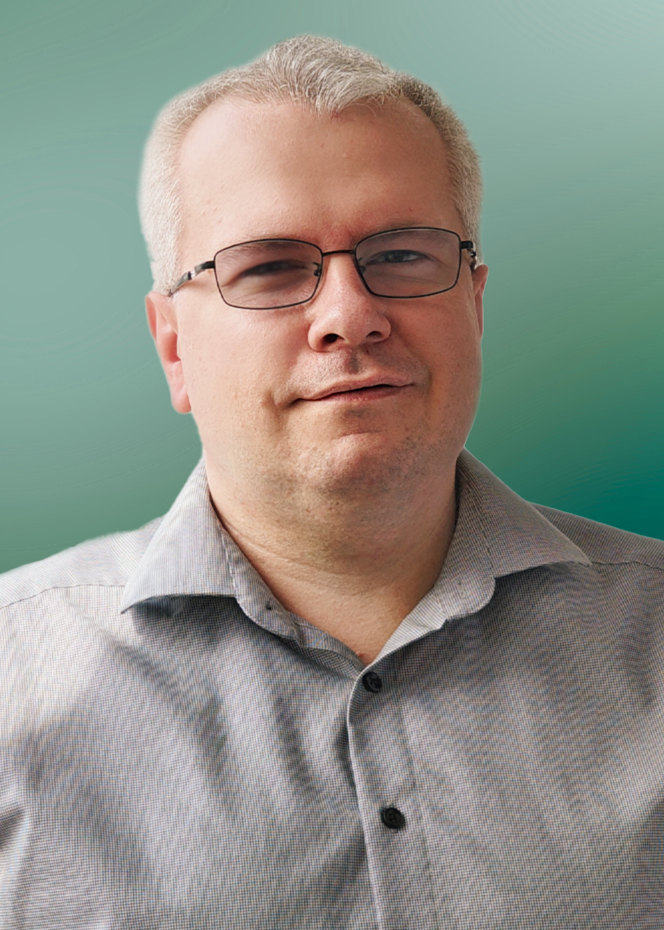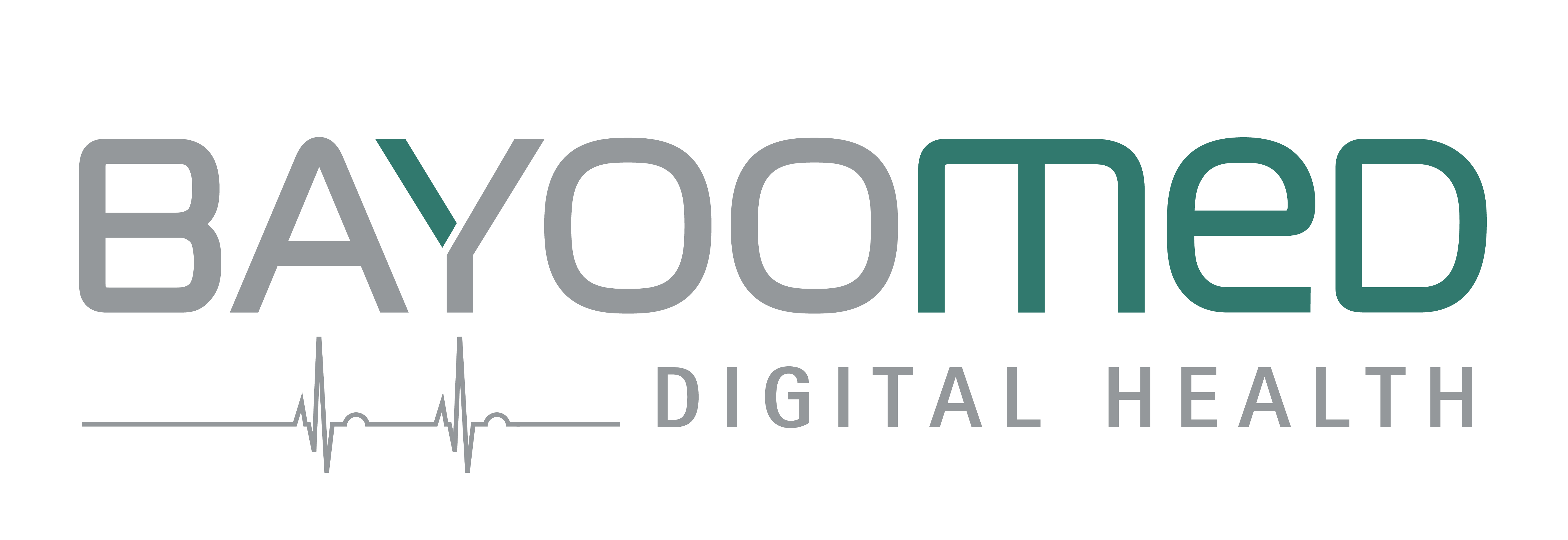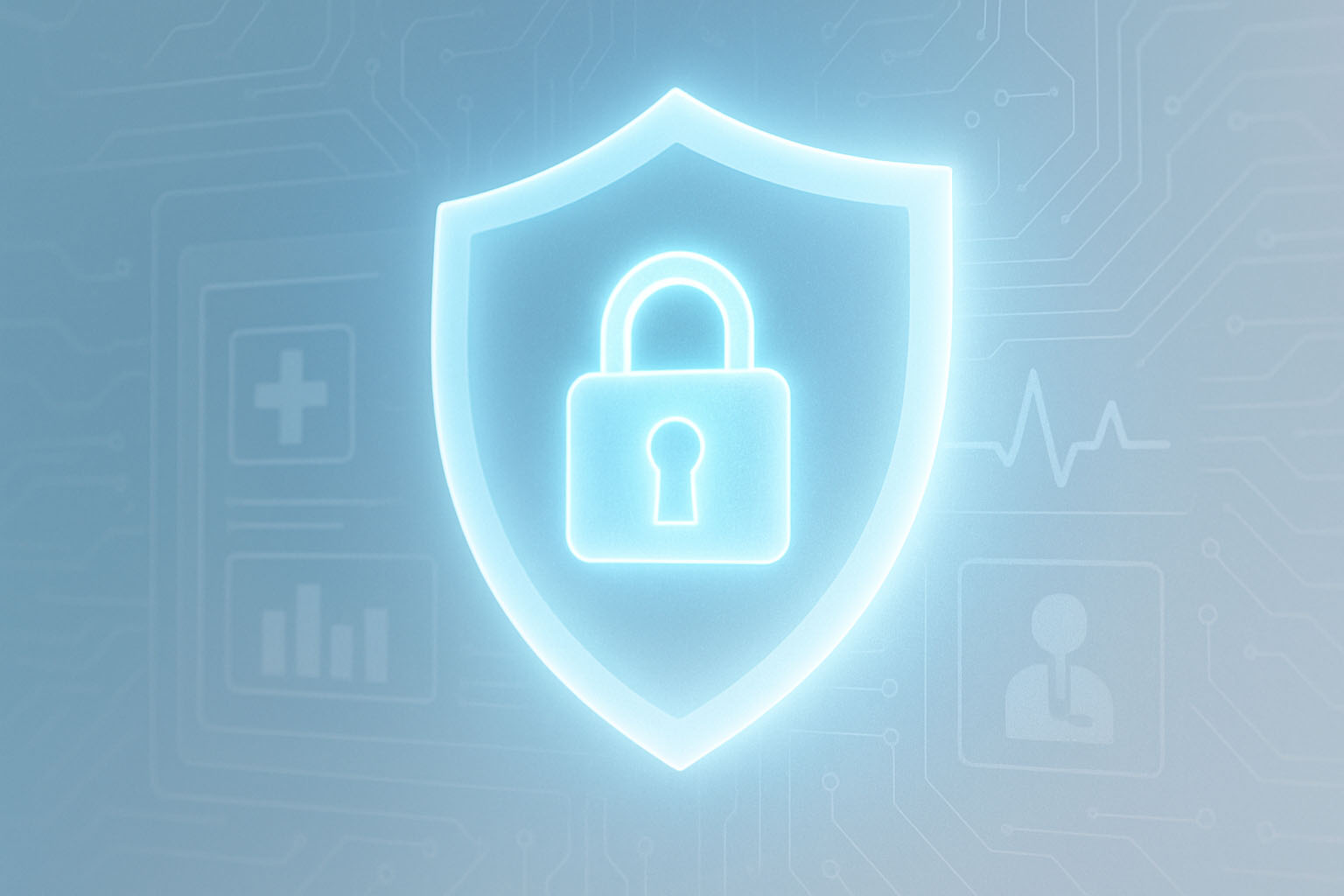Software is now the central element of many medical devices. It not only performs functional tasks, but also contributes significantly to the safety of the product. To ensure that medical software functions reliably, efficiently and in compliance with regulations, a well-thought-out and systematically implemented development process is required. This process is known as the Secure Software Development Lifecycle, or SSDLC for short.
An SSDLC that is designed to meet modern requirements must do much more than simply comply with traditional quality criteria. The increasing interconnectedness of medical systems, growing cybersecurity risks and complex regulatory frameworks make it necessary to integrate security into the development strategy from the outset. Every stage of the project is crucial – from the initial architectural design to the final update in the field.
The importance of a structured development process
Medical software is often used in critical contexts. It processes personal health data, supports or controls treatment decisions, and enables patient monitoring via digital interfaces. An inadequately structured development process can not only lead to problems in product quality, but also jeopardise patient safety.
A systematic SSDLC ensures that security-related aspects are taken into account at an early stage. It also helps to address risks in a targeted manner, implement regulatory requirements efficiently and handle changes in the technical or legal environment flexibly.
A well-designed SSDLC takes the following objectives into account, among others:
Security requirements are already taken into account in the planning phase
Protective measures accompany the software through all development stages
Decision paths are comprehensibly documented and auditable
Risks can also be identified and dealt with promptly after the market launch
Adaptations to new technologies or threat scenarios can be implemented efficiently
The key phases of a robust SSDLC
1. requirements analysis and architecture
At the start of the project, functional and safety-related requirements are developed. This includes clarifying which software components are required, which tasks they fulfill and which risks arise from their use. Communication between individual components and with external systems also plays an important role. If security is not sufficiently taken into account at this stage, improvements will have to be made later with increased effort.
2. implementation with a focus on security
The actual coding is based on defined standards. Developers need clear guidelines, technical support from automated tools, and regular training. Tools such as static code analysis, automated checks within the CI/CD pipeline, and manual reviews help to identify and fix potential vulnerabilities at an early stage.
Security measures should be an integral part of everyday development. Pure checkbox thinking is out of place here.
3. verification and validation
An intensive test phase takes place before the software is released. In addition to checking the functional requirements, the defined security objectives must also be validated. In addition to classic tests, a targeted penetration test is recommended, which works from the attacker’s perspective and provides valuable insights into the attack surfaces of the software. The prerequisite for realistic results is complete and transparent test preparation.
4. publication and delivery
Medical software is used in many different technical environments. Whether as an embedded application or in a cloud infrastructure – each environment has its own requirements. The delivery process must be properly documented and ensure the integrity of the software. Mechanisms to protect against manipulation and to verify authenticity are essential.
Possible risks from updates and migrations must also be analyzed and managed in advance.
5. operation, maintenance and incident response
The work is not finished after the product launch. The phase after the market launch in particular shows whether the security strategy is effective in the long term. Vulnerabilities must be continuously monitored, especially in third-party components used. Modern tools for managing the software bill of materials (SBOM) allow automatic analysis of known security vulnerabilities and can sound the alarm at an early stage.
A prepared emergency plan for security incidents is also essential. This plan should clearly define responsibilities and describe all necessary processes in order to be able to react quickly and purposefully. At the same time, experience gained must be consistently documented and transferred to future development projects.

Safety as an integral part of every phase
Cybersecurity does not just concern individual steps, but permeates the entire development process. A secure medical device can only be created if technical measures, organizational processes and regulatory requirements are well coordinated.
Frameworks such as the principles described in the IEC 81001-5-1 standard provide valuable guidance. They do not provide a rigid checklist, but a practical model that can be flexibly adapted to the circumstances of individual projects. This is precisely their value for day-to-day development work.
Conclusion
A professionally implemented secure software development lifecycle offers much more than just compliance with formal requirements. It increases product quality, strengthens user confidence and creates the basis for long-term marketability.
Cooperation between all departments involved is particularly important here. Only when developers, quality assurance, regulatory experts and cybersecurity managers all pull together can a secure and viable end product be created. In this interaction, the SSDLC forms the backbone for modern and secure software in medical technology.
Those who consistently pursue this development approach not only create stable applications, but also establish security as an integral part of their product strategy.




